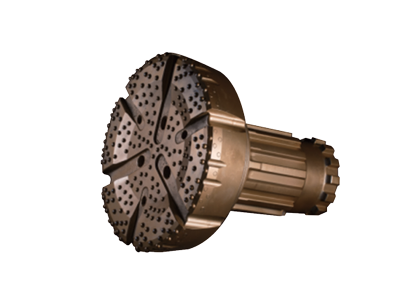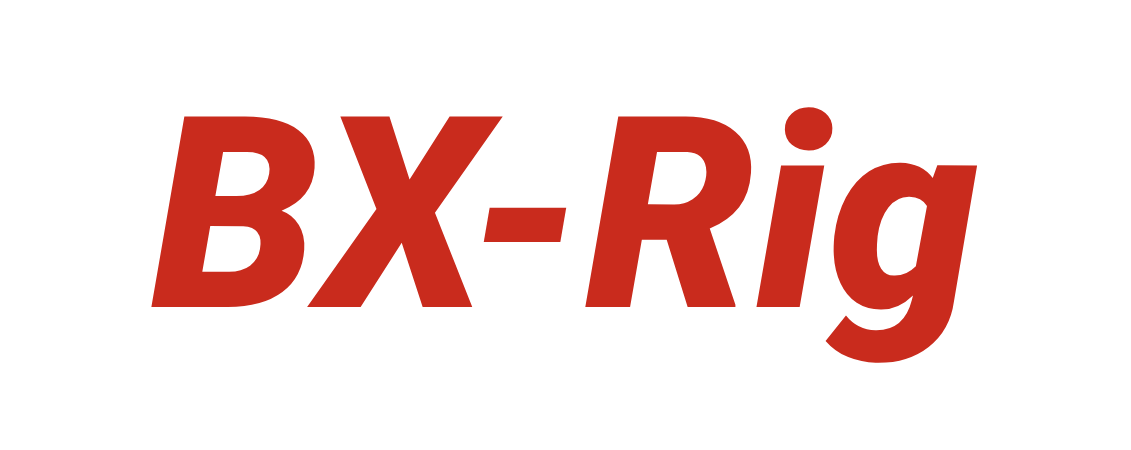Design Considerations for Drill Bits in Drilling Rigs
The design of drill bits for drilling rigs is a meticulous process that takes into account numerous factors to ensure optimal performance. One of the key design considerations is the cutting geometry. The point angle of the drill bit, which is the angle formed at the tip of the bit, is determined by the material to be drilled. Harder materials require a larger point angle. For instance, when drilling through granite, a point angle of around 130° – 140° might be used. This larger angle helps the bit penetrate the hard rock more effectively by concentrating the force. Softer materials, like shale or sandstone, can be drilled with a sharper point angle, typically around 118°. The correct point angle is essential as it influences factors such as wandering of the bit, chatter during drilling, the shape of the hole, and the wear rate of the bit.
The lip angle, which is the angle between the face of the cut material and the flank of the lip, also plays a vital role. A greater lip angle makes the bit cut more aggressively under the same amount of point pressure. However, if the lip angle is too large or too small, it can cause binding, excessive wear, and eventually, the failure of the tool. The proper amount of lip clearance is determined by the point angle. A very acute point angle has more web surface area presented to the work at any one time, requiring an aggressive lip angle. In contrast, a flat – bit design is extremely sensitive to small changes in lip angle due to the small surface area supporting the cutting edges.
The spiral or rate of twist in the drill bit is another important design feature. A fast spiral (high twist rate or “compact flute”) drill bit is used in high – feed – rate applications under low spindle speeds. This type of bit is ideal when a large volume of chips needs to be removed quickly. Misalnya, in soft formations where the material can be easily cut, a fast – spiral bit can efficiently clear the chips. Low – spiral (low twist rate or “elongated flute”) drill bits are used in cutting applications where high cutting speeds are traditionally used, especially when the material has a tendency to gall on the bit or clog the hole, such as aluminum or copper. In the context of drilling rigs, the type of formation and the drilling parameters will determine the appropriate spiral rate for the drill bit.

 Rig pengeboran Bangxin
Rig pengeboran Bangxin